In order to reduce greenhouse gas emissions, reduce investment costs, and increase economic efficiency in rice cultivation, many farmers in the province are getting acquainted with and placing high expectations on the rice cultivation model using the alternating wet and dry method (AWD).
The flat, improved rice fields, combined with the application of mechanization in production, have created favorable conditions for Mr. La Van Hanh to apply the smart wet-dry rice cultivation process in this year's Autumn-Winter rice crop.
Recently, at the 18-hectare field of farmer La Van Hanh, in Truong Long Tay commune, Chau Thanh A district, under the witness of the provincial and district agricultural sectors and people; drones carried out sowing and planting according to the smart wet-dry rice cultivation process. The model was "joined hands" by 4 enterprises to guide farmers in implementation. This is a solution to link production according to a closed rice cultivation process from providing input materials, to technical solutions, monitoring methods, measuring, and reporting of gas emissions; in which, Net Zero Carbon Joint Stock Company is the unit that presides, coordinates, organizes implementation and manages the entire model.
Mr. Tran Minh Tien, General Director of Net Zero Carbon Joint Stock Company, informed: The smart rice cultivation process of alternating wet and dry has been successfully implemented in Krong Ana district, Dak Lak province. The model continues to be expanded in some localities in the Mekong Delta such as Dong Thap, Kien Giang, Hau Giang... With the desire to optimize costs and increase productivity for farmers, the model in Dong Thap province has shown that when it has just completed the harvest with positive results. Specifically, the rice yield in the model reached 8.8 tons/ha, while the control field reached over 7 tons/ha and the fields in the area only reached about 6 tons/ha.
According to Mr. Tien, in addition to the positive productivity, the AWD process also helps farmers reduce the cost of using pesticides by about 30% and reduce the amount of chemical fertilizers by about 10%. The rice grains are cleaner and greener, increasing productivity, reducing emissions and improving the health of rice growers. Because this is a relatively new farming process for farmers, to ensure farmers' peace of mind, Net Zero Carbon implements a "compensation" policy if the rice yield from the model is lower than the district's average.
With the participation of 4 enterprises cooperating to support farmers in implementing the model, each enterprise has its own function to help farmers produce effectively as the model's goals. Specifically, farmers are supported with alternating wet and dry farming solutions; are provided with smart fertilizers, which is a solution to reduce input costs, help rice grow strong and healthy, and have fewer pests and diseases; farmers are supported in monitoring, measuring, evaluating and reporting on the amount of greenhouse gas emissions from rice plants, and at the same time, the enterprise is responsible for operating the satellite system to monitor and take pictures of the entire development process of the rice field. After the end of the crop season, from the collected data, the relevant enterprise will analyze, evaluate, provide emission reduction levels and issue reports.
When introduced to the new farming method, Mr. La Van Hanh, in Truong Long Tay commune, Chau Thanh A district, shared: “Previously, I had applied the smart rice cultivation process of alternating wet and dry, but not strictly. Currently, rice production is very developed with the technology of cluster sowing with buried fertilizer, sowing by drones or using organic and biological fertilizer products; and the fields are leveled, thereby helping people have the conditions to apply new effective models in production, in which the typical model is the smart rice cultivation model of alternating wet and dry that I coordinated with a number of companies to implement in this Autumn-Winter rice crop. With the information that the companies have deployed from the beginning of the crop, I expect the model to bring many practical effects, especially reducing costs to gain more profit”.
Sharing about the smart rice farming model of alternating wet and dry, Mr. Nguyen Van Thich, Director of Tan Long Cooperative, in Tan Long Hamlet, Vinh Tuong Commune, Vi Thuy District, said: “After working with Net Zero Carbon Joint Stock Company, in this Summer-Autumn rice crop, the Cooperative has piloted 5 hectares of production according to the alternating wet and dry model. Currently, the rice in the model is over 60 days old, growing better than the traditionally cultivated fields. In particular, when cultivating according to the alternating wet and dry process, the rice roots grow very deep in the soil, providing enough nutrients for the rice plants to grow, thereby limiting the use of fertilizers and pesticides because the rice plants are healthy and have few pests. Preliminary estimates show that cultivating rice according to the alternating wet and dry model will reduce costs by at least 20% compared to traditional farming”.
The smart wet-dry rice cultivation process has a total wet field retention time of 47 days and a dry field of 53 days. In which, farmers divide it into 4 times of water intake into the field and 5 times of water discharge. In the period from 85 days after sowing, farmers drain the water naturally, tighten the water 10-14 days before harvesting to dry the field, improve the quality of rice and facilitate the use of machinery during harvesting. According to the assessment of the engineer guiding the model, the amount of gas emitted into the environment is affected by the wet-dry period in the field. If the dry period is longer during the cultivation process, the amount of gas emitted will be lower. During the model implementation process, participating businesses will support people in monitoring, measuring, evaluating and reporting on the amount of greenhouse gas emission reduction from rice plants; at the same time, they are responsible for operating the satellite system to monitor and take pictures of the entire development process of the rice field.
“Cultivating according to the alternating wet and dry process, combined with fertilizing and spraying pesticides as recommended, will help farmers reduce emissions by 3.5-4 tons/ha/rice crop. Through this, at the end of the rice production season, in addition to selling high-quality rice seeds, farmers will also have another attractive source of income from selling carbon credits thanks to greenhouse gas emission reduction cultivation. With this direction, the unit hopes to have the opportunity to participate in part of the Project "Sustainable development of 1 million hectares of high-quality, low-emission specialized rice associated with green growth in the Mekong Delta by 2030" that the Ministry of Agriculture and Rural Development is implementing", Mr. Tran Minh Tien, General Director of Net Zero Carbon Joint Stock Company, added.
Article and photos: HUU PHUOC
Source


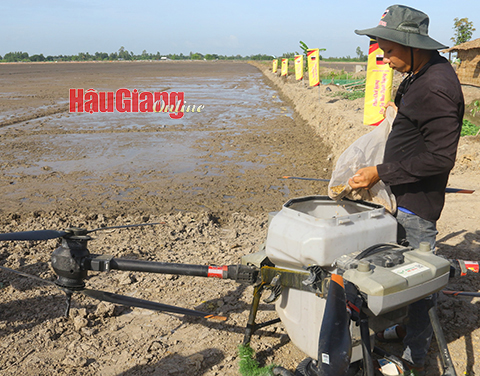






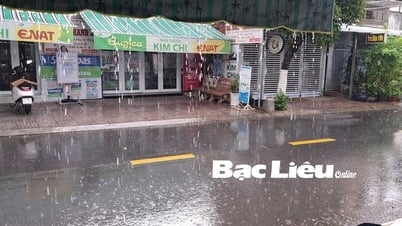
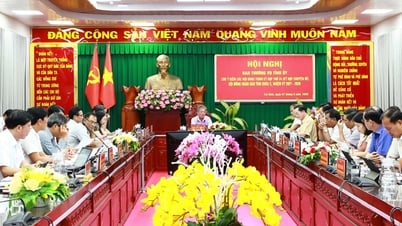
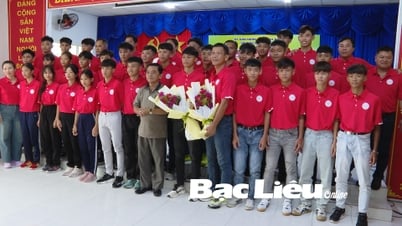
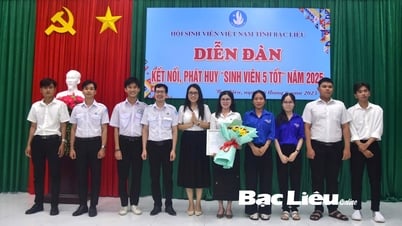
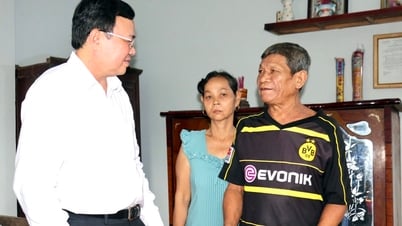
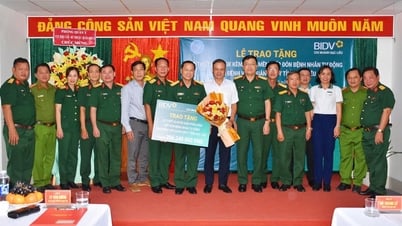




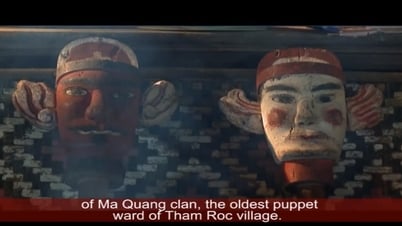


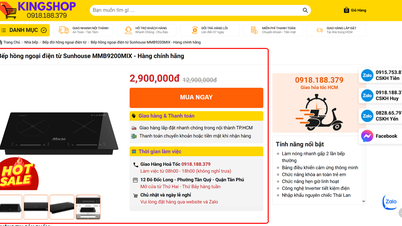
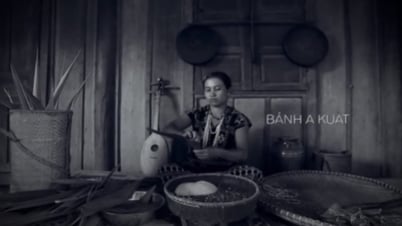
































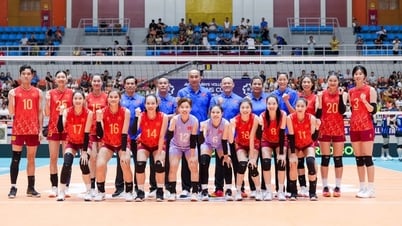
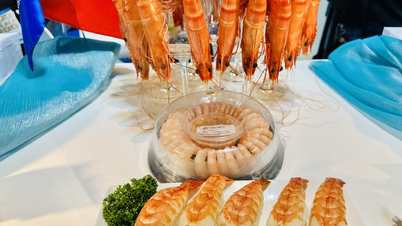











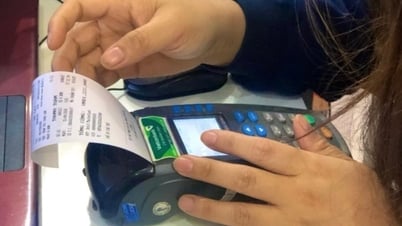

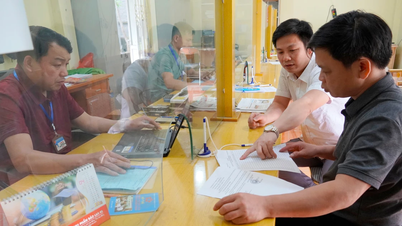





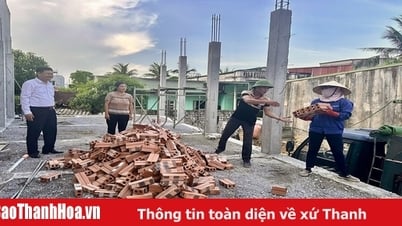
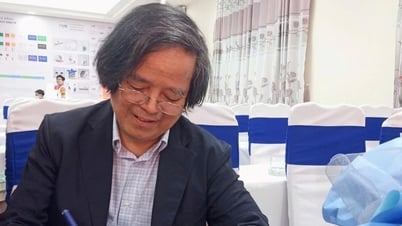








![[OCOP REVIEW] Tu Duyen Syrup - The essence of herbs from the mountains and forests of Nhu Thanh](https://vphoto.vietnam.vn/thumb/402x226/vietnam/resource/IMAGE/2025/6/5/58ca32fce4ec44039e444fbfae7e75ec)


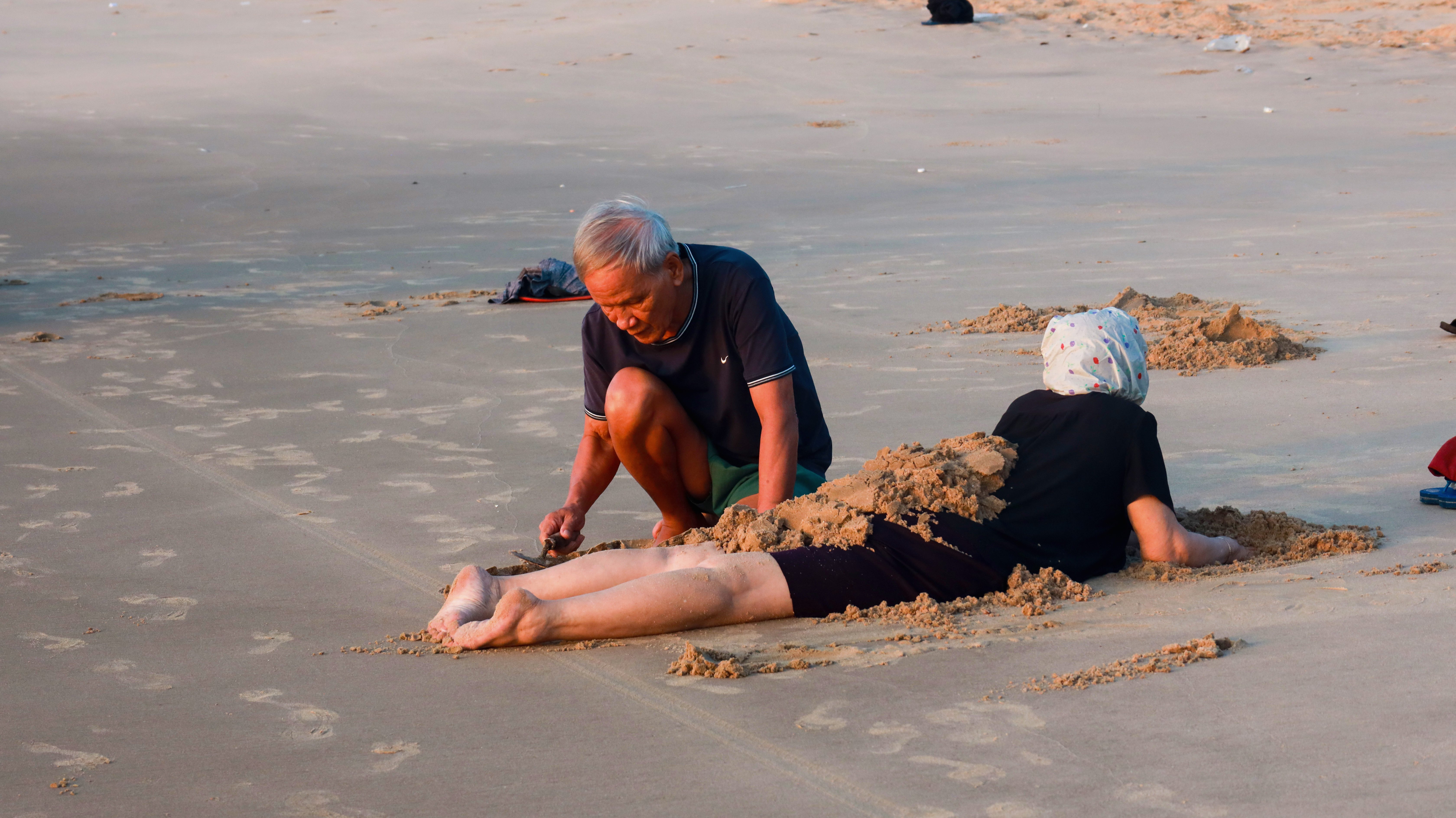
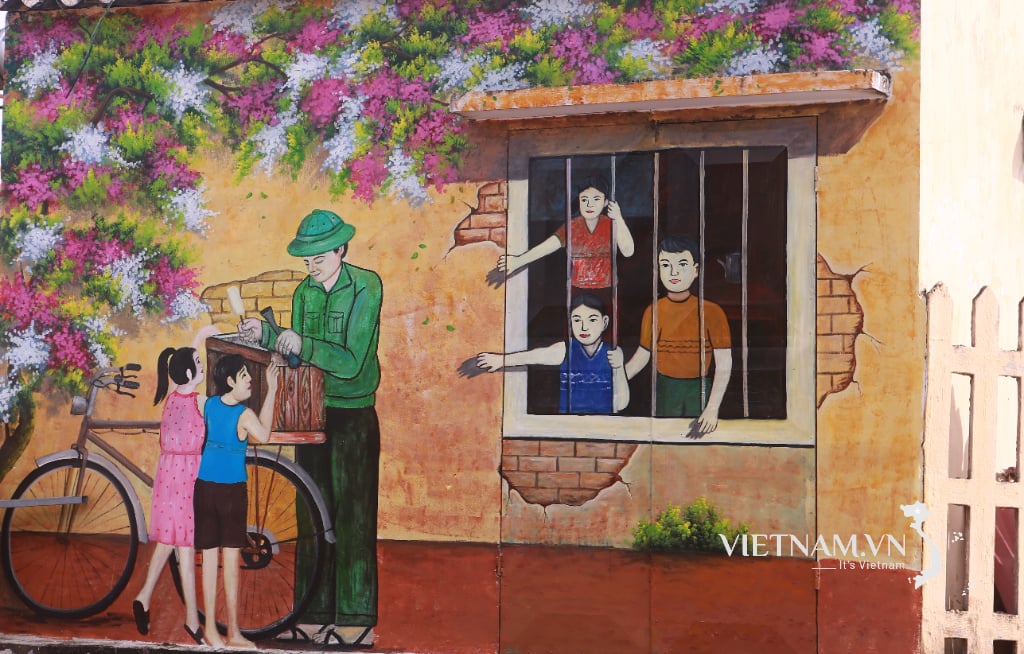
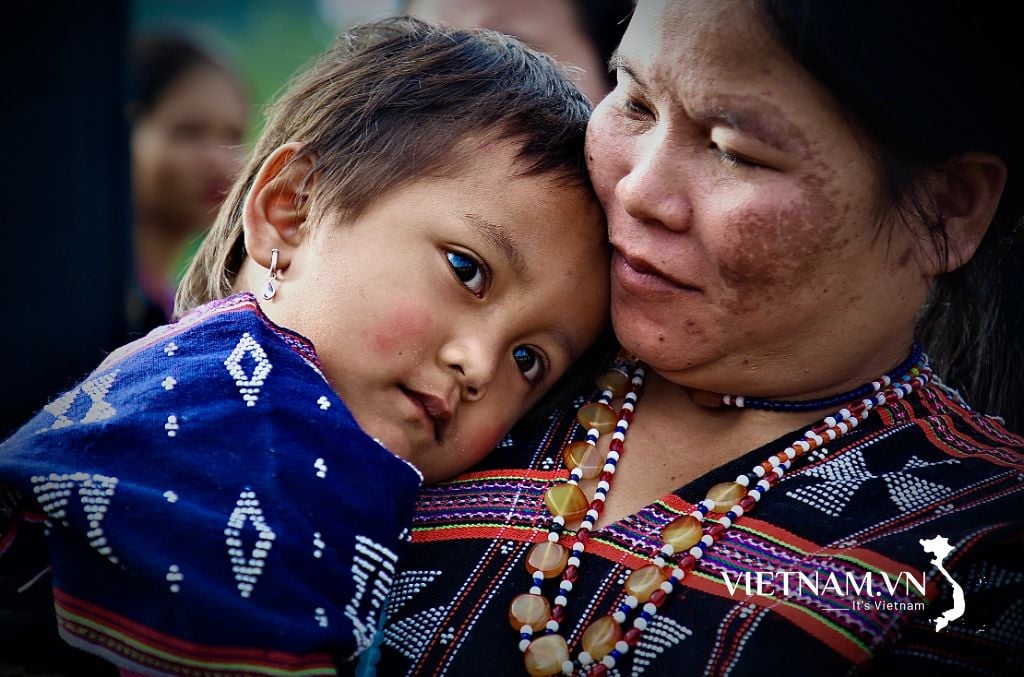

Comment (0)